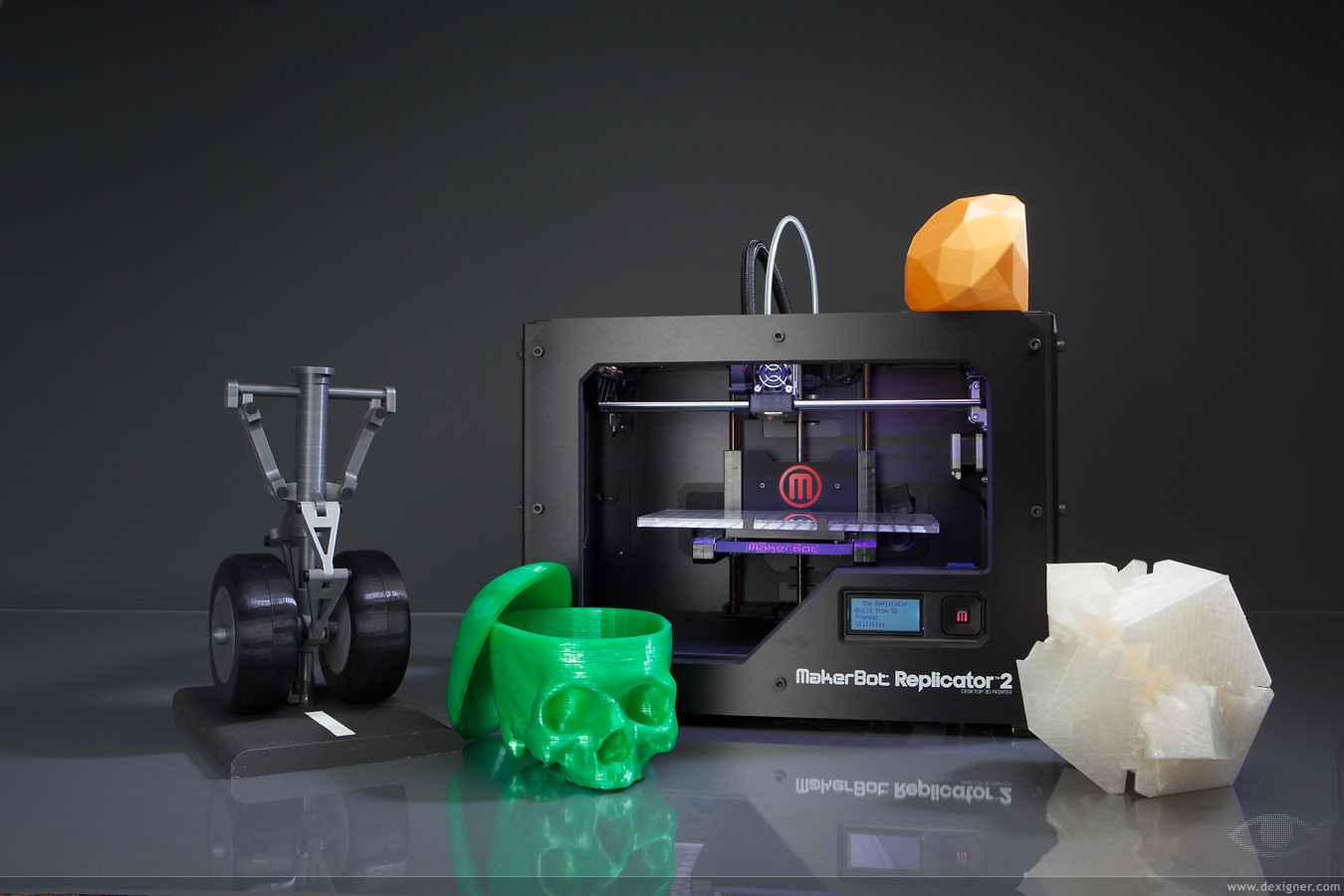Legal Aspects of the 3D Printing Revolution
By Mark Schonfeld
Posted: 6th January 2014 09:24
Until recently, the manufacturer of an object required a factory for mass production, a substantial investment in equipment, inventory and materials, and a brick-and-mortar retail site to sell product. All this has changed with the advent of 3D printing. This disruptive technology will change the way we live because it will enable consumers and small businesses to manufacture products that could only be produced by large manufacturers.In the United States, there are four publicly-traded companies that manufacture 3D printers: Stratasys, 3D Systems, Voxeljet and The Ex One Company. There are dozens of private companies who are also manufacturing 3D printers. There are thousands of software engineers who engaged in writing CAD programs for 3D printers. These design programs are the essential elements of the 3D printing revolution.
Gartner estimates that 56,000 3D printers costing under $100,000 will be sold in 2013. In fact, some 3D printers retail for under $2,000. Makerbot is selling desktop 3D printers for $1,999 and has opened retail stores in New York, Boston and Greenwich, Connecticut.
How will this revolution affect our legal system? What will it mean when you can manufacture your own handbag, auto part, drug or even your own gun? How will the legal system keep up with these developments? This article provides a legal analysis of these issues.
Consumer Safety
3D printing enables manufacturing to move from the regulated factory to the personal home or office. What will happen when a consumer is injured by a 3D printed object? Who will be liable? Some possibilities are:
- The manufacturer of the 3D printer;
- The CAD software designer;
- The manufacturer of the laser scanner;
- The supplier of the material for the 3D printer.
Trademark Law
Trademark counterfeiting is a serious problem for the world economy. It is estimated that billions of dollars are lost to counterfeiters and to their substandard products. Presently, counterfeit goods are made in factories throughout the world, primarily in Asia, and are distributed through unscrupulous shippers and wholesalers.
Imagine a world where the consumer or small business can use a 3D printer to replicate a designer pocketbook. An electrical device. A camera. An auto part. A medical device. The possibilities are endless. The 3D printer will also replicate the manufacturer’s trademark, thereby making the faux product virtually indistinguishable from the genuine product. Governments and private industry will need to develop rules to prevent the stealing and imitation of genuine products through 3D printing.
Patents
3D printing is already the subject of patent litigation. Stratasys, a leading manufacturer of 3D printers, has sued Afinia, a popular 3D printer, for patent infringement. Also, 3D Systems has sued Envision Tec and Formlabs for patent infringement. The US Patent and Trademark Office has received more than 6,800 patent applications related to 3D printing technology. Legal experts expect that there will be many battles in the future between 3D printing companies.
There have not yet been any patent lawsuits regarding objects made on a 3D printer. It is inevitable that such lawsuits will be brought, especially when 3D printing technology makes it possible to copy a patented product, even a complex product. When that happens, who will be liable for patent infringement? Some possibilities are:
- The manufacturer of the 3D printer;
- The individual operating the 3D printer;
- The designer of the CAD files that are used to create the object.
Copyright
Companies that manufacture copyrightable objects like sculptures, toys, figurines and home designs will doubtless object if 3D printers are used to create unauthorised copies of their goods. The copyright law allows awards of statutory damages of up to $150,000 per willful infringement, plus the award of attorneys’ fees to the successful party.
Copyright owners need to be watchful for infringements of their rights, especially when CAD files are used to create the infringing items. Copyright owners will need to watch the internet for distributors of CAD files that can be used to create objects that infringe their rights. It will be a laborious process that can be aided by software that automatically patrols the internet looking for infringing designs.
As President Obama said in his State of the Union address, 3D printing “has the potential to revolutionise the way we make almost everything.” It may erase the distinctions that currently exist between manufacturers, distributors, wholesalers and retailers. Accordingly, it will also revolutionise our legal principles. Governments and legal authorities need to be ready to create and adopt new rules for this disruptive technology that will change the way we live.
Mark Schonfeld is a partner at Burns & Levinson LLP in Boston. He concentrates his practice in complex business and intellectual property litigation, especially protection of corporate intellectual property through effective methods of trademark, copyright and patent litigation. He has extensive experience in protecting leading brand names and technologies from infringement, and is responsible for the seizure of millions of dollars in counterfeit merchandise. Mr. Schonfeld is also highly skilled in preventing and stopping "grey market" imports, and obtained the first "asset freeze" order in Massachusetts in a trademark counterfeiting case. He has contributed to books and frequently lectures for industry meetings and law schools.




Comments